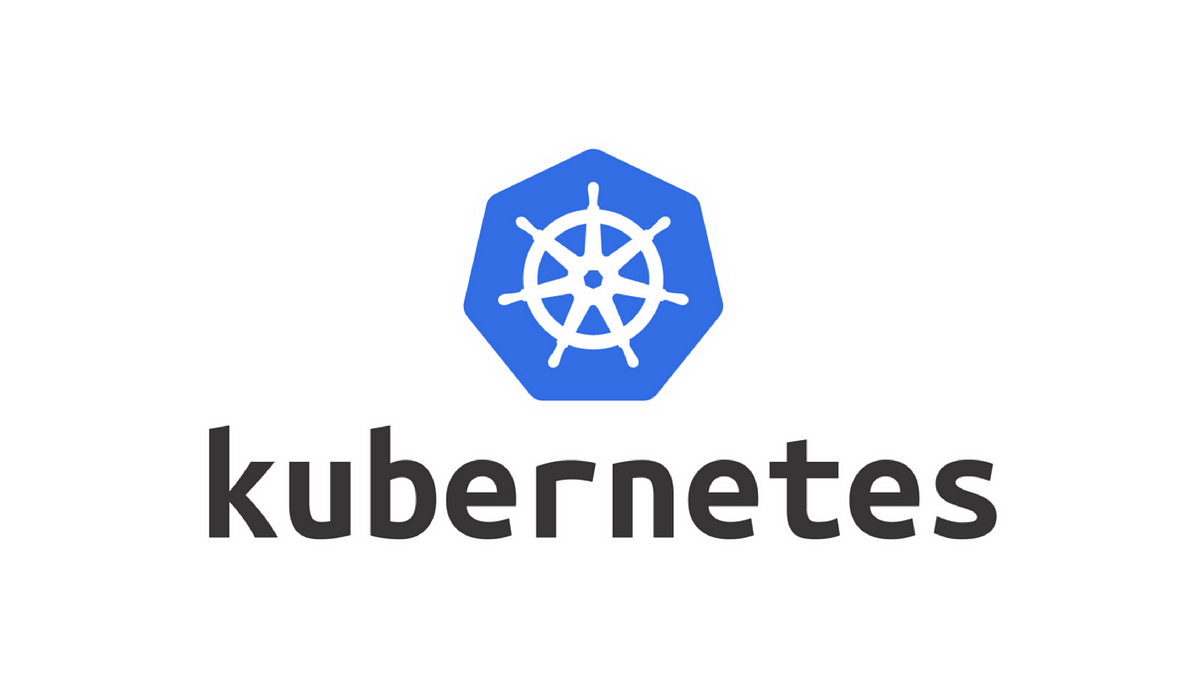Installing kubectl on your machine

To install and configure kubectl on your computer follow these steps
Windows
Download the latest version with the curl command
curl.exe -LO "https://dl.k8s.io/release/v1.26.0/bin/windows/amd64/kubectl.exe"\
Download the registration check file
curl.exe -LO "https://dl.k8s.io/v1.26.0/bin/windows/amd64/kubectl.exe.sha256"
Validate the kubectl binary
CertUtil -hashfile kubectl.exe SHA256
type kubectl.exe.sha256
Adds to the windows Path as an environment variable
Test the configuration
kubectl version --client
Linux
Download the latest version with the curl command
curl -LO "https://dl.k8s.io/release/$(curl -L -s https://dl.k8s.io/release/stable.txt)/bin/linux/amd64/kubectl"
Download the registration check file
curl -LO "https://dl.k8s.io/$(curl -L -s https://dl.k8s.io/release/stable.txt)/bin/linux/amd64/kubectl.sha256"
Validate the kubectl binary
echo "$(cat kubectl.sha256) kubectl" | sha256sum --check
Install kubectl
sudo install -o root -g root -m 0755 kubectl /usr/local/bin/kubectl
Test the configuration
kubectl version --client
Now what we have to do is to get the kube-config.conf file and place it in the .kube folder from here kubectl would get the access credentials to your cluster to send the configuration commands.
the .kube folder must be created in:
Linux: /home/username/.kube
Windows: C:\Users\omarv\.kube
Once we have our team configured with kubectl and the cluster credentials we can deploy an app in kubernetes, there are several ways to do this, the first one will be with a container.